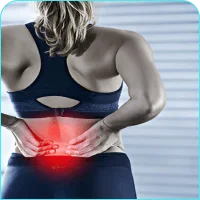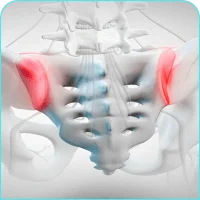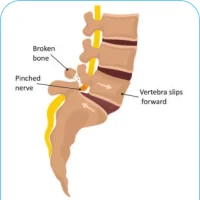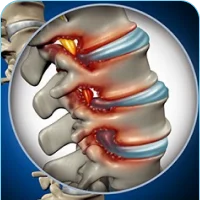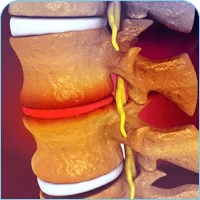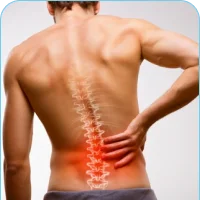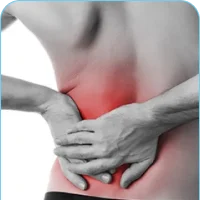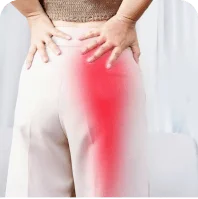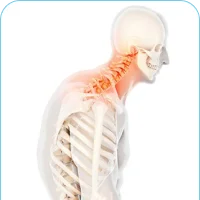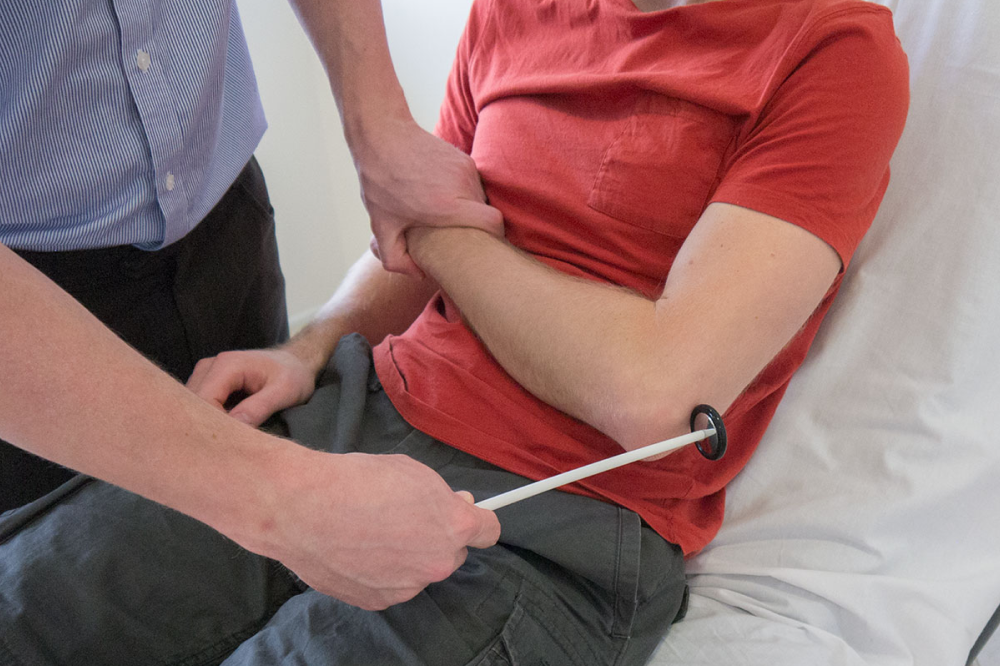Understanding Back & Spine Anatomy
The spine is a complex of vertebrae, discs, joints, and ligaments that are connected with numerous nerves and muscle tendons. It gives stability, mobility, and safety to the spinal cord. Injury, degeneration, stress, and misalignment of any of these parts result in a situation where someone experiences constant pain and has limited movements.

Best Clinic in Banglore For all Back Pain Conditions
Our experts at Alleviate Pain Clinic provide accurate diagnosis and proper therapy in the treatment of back pain problems in a broad range of problems, but concentrate on non-invasive interventions.
When to See a Doctor for Back Pain
Consult a spine specialist if you experience:

Persistent Pain: Discomfort lasting more than a few weeks.

Severe Symptoms: Intense Pain that doesn't improve with rest.

Radiating Pain: Pain spreading down the legs, especially below the knee.

Weakness or Numbness: In the legs or feet.

Unintended Weight Loss: Accompanied by back pain.
Back Pain Diagnosis
Our Approach To Non-Surgical Back Pain Treatment
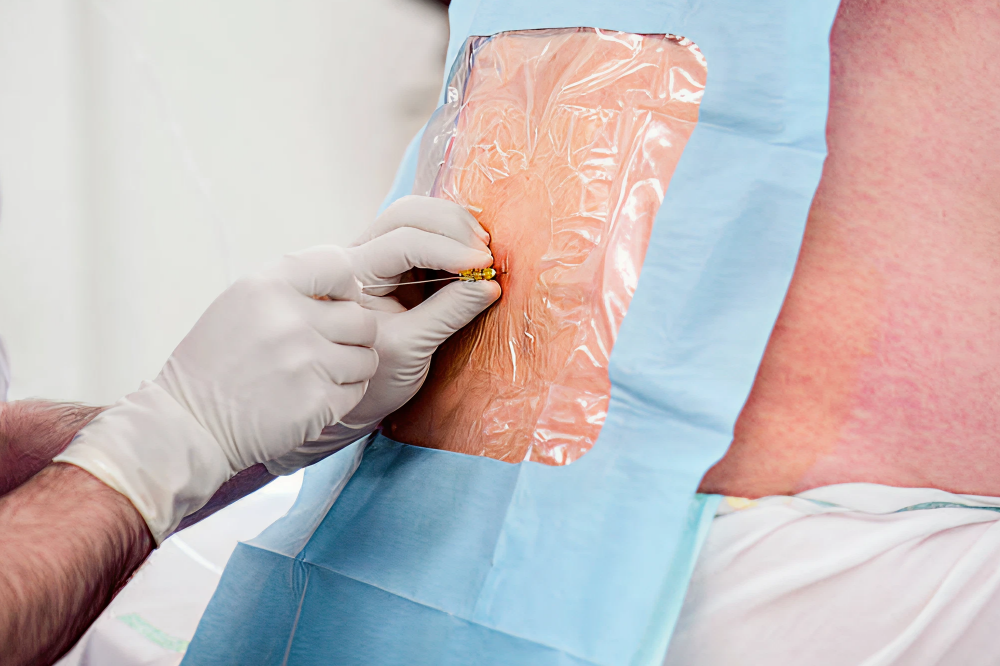
Nerve Blocks
Nerve blocks involve precisely injecting an anesthetic near specific nerves to interrupt pain signals. This procedure provides immediate relief and helps us diagnose the exact source of your discomfort.

PRP (Platelet Rich
Plasma Therapy)
PRP therapy uses a concentration of your own blood platelets to accelerate the healing of injured tendons, ligaments, muscles, and joints, promoting natural tissue repair and reducing inflammation.

Prolotherapy
Prolotherapy is a regenerative injection therapy that stimulates the body’s natural healing process to strengthen and repair weak or injured ligaments and tendons, providing long-term pain relief.

Radiofrequency
This minimally invasive procedure uses heat generated from radio waves to target specific nerves, effectively blocking pain signals from reaching the brain and offering lasting relief from chronic conditions.

Physiotherapy
Our customized physiotherapy programs use targeted exercises and manual therapy to restore movement, improve strength, and reduce pain, empowering you to regain function and prevent future injuries.

Lifestyle Changes
We guide you in making sustainable lifestyle adjustments, including nutrition, exercise, and stress management, to support your treatment, enhance recovery, and improve your overall quality of life.
How Are We Different from Other Clinics and Orthopedics?
At Alleviate Pain Clinic, we believe in a holistic, non-surgical approach to treating back pain, helping you regain mobility and improve your quality of life without invasive procedures. Our team of highly specialized pain management doctors focuses on advanced, evidence-based treatments designed to provide long-lasting relief.

Non-Surgical Pain Treatment
Alleviate Pain Clinic specialises in advanced non-surgical back pain treatment. Our primary aim is to reduce pain, restore mobility, and eliminate surgery by using evidence-based regenerative medicine, physical therapy, and guided injection with the best shoulder pain specialists who specialise in musculoskeletal care.

Expertise in Non-Surgical Back Pain Solutions
Unlike traditional treatment approaches that often rely on surgery or long-term medication use, we specialize in non-invasive, regenerative, and interventional pain management techniques. Our goal is to heal the root cause of your pain rather than just mask the symptoms.

Cutting-Edge Treatments
We offer state-of-the-art therapies such as: Regenerative Medicine (PRP Therapy) – Promotes natural healing and tissue repair. Radiofrequency Ablation (RFA) – Reduces nerve-related back pain. Ozone Therapy – Decreases inflammation and improves oxygenation in spinal tissues. Comprehensive Physical Therapy – Strengthens muscles and restores mobility.

Personalized Treatment Plans
At Alleviate, there is no one-size-fits-all approach. We develop customized treatment plans tailored to each patient's condition, lifestyle, and recovery goals.

Trusted by Thousands
Our expertise in non-surgical back pain relief has helped thousands of patients reclaim their lives. With cutting-edge technology, compassionate care, and expert guidance, we ensure the best possible outcomes.

Book Your Consultation Today!
If chronic back pain is holding you back, it's time to take the first step towards a pain-free life. Visit Alleviate Pain Clinic today to explore the best non-surgical back pain treatments in India!
Our Doctors
Reviews
Our Clinics Gallery
Frequently Asked QuestionsAbout Back & Spine Pain
The main symptom of back pain is a persistent ache, stiffness, or sharp pain in the lower, middle, or upper back. It can range from dull discomfort to severe, debilitating pain, often worsening with movement, prolonged sitting, or lifting heavy objects. Other symptoms of back pain may include muscle tightness, reduced flexibility, and pain radiating to the legs or arms in cases of nerve involvement, such as sciatica. Chronic back pain may also cause difficulty in daily activities.





